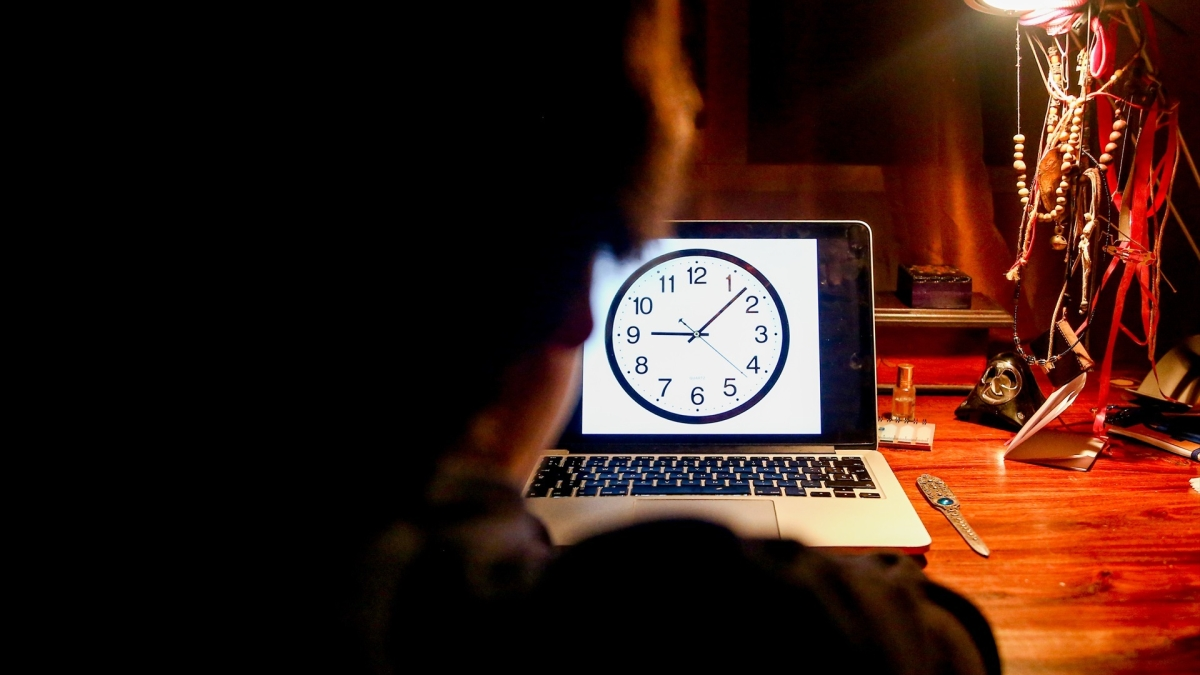Study finds daylight saving time has minimal impact on heart health

VALENCIA (EP). Daylight saving time is the practice of moving clocks forward 1 hour in the spring to improve the use of available daylight time, which in Spain occurs on the last weekend of March. Doubts have arisen about Does the practice of switching to this schedule lead to adverse health effects?such as cardiovascular events, due to changes in circadian rhythm.
Previous studies have shown a modest association between daylight saving time and increased rates of ischemic stroke and hospitalizations for atrial fibrillation. Against, for acute myocardial infarction (AMI), results have been inconsistent..
Given this situation, researchers from the Mayo Clinic in the USA decided to test what is true in this regard. And initial data suggests the impact is likely to be minimal..
In a national study, researchers used an advanced statistical model to look for a link between daylight saving time and serious cardiovascular problems, including heart attacks and strokes. The study analyzed 36,116,951 adults age 18 and older in most U.S. states (Arizona and Hawaii were excluded because those states do not observe daylight saving time).
The researchers focused on the week immediately following the spring and fall daylight saving time changes, when clocks are set forward or backward by one hour. “We analyzed five years of life in the US and found that there was unlikely to be a clinically significant difference in cardiovascular health due to daylight saving time,” he explains. Benjamin Satterfieldcardiovascular specialist and lead author of the study.
The researchers found that 74,722 adverse cardiovascular events occurred during the spring to fall DST transition during the study period. An adverse cardiovascular event was recorded when a person was hospitalized with a primary diagnosis of heart attack, stroke, cardiogenic shock, or cardiac arrest.
“These cardiovascular events are common conditions, so one wonders if this is something more than would have been expected if we had not followed daylight saving time,” Satterfield adds.
Daylight saving time varies around the world. Countries that set their clocks forward or back by one hour may do so on different dates, and some do not observe daylight saving time at all.
In the Mayo Clinic study, there was a small statistical increase in the rate of cardiovascular events on the Monday and Friday after the change to spring daylight saving time, but considering all the data, the researchers did not consider the increase to be clinically significant.
The researchers note that the practice of daylight saving time was intended to align social and work activities with daylight and save energy through less use of artificial lighting. They stress that changes to the daylight saving time system are not necessary due to concerns about heart health.
“When decisions are made to end daylight saving time, there is no need to take heart health issues into account,” he adds. Bernard J. Gershcardiologist and lead author of the study.
Researchers say the debate over daylight saving time affects other aspects of health as well. For example, Dr. Satterfield explained that other research groups are studying the impact of daylight saving time on mental health and its impact on car accident rates.
